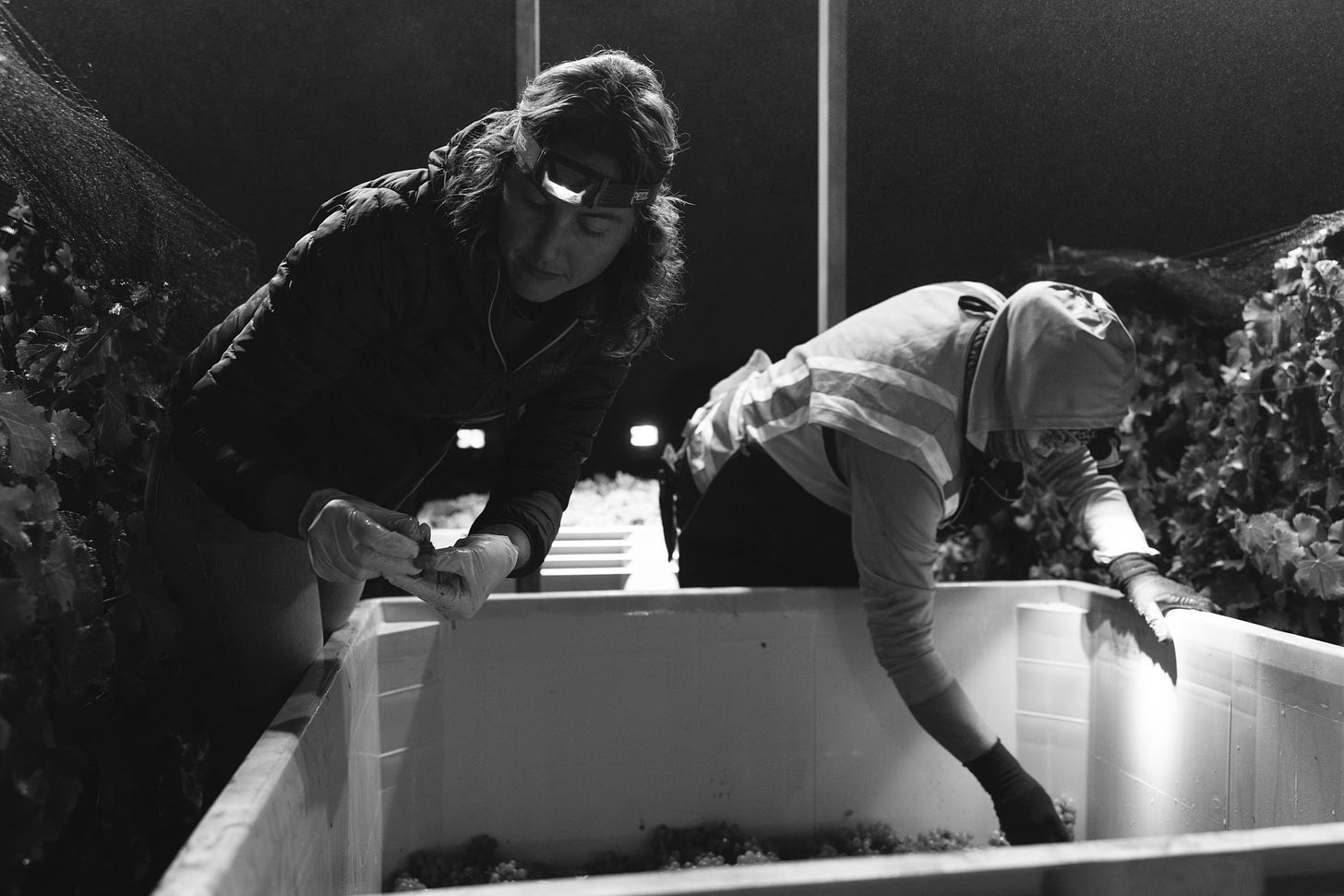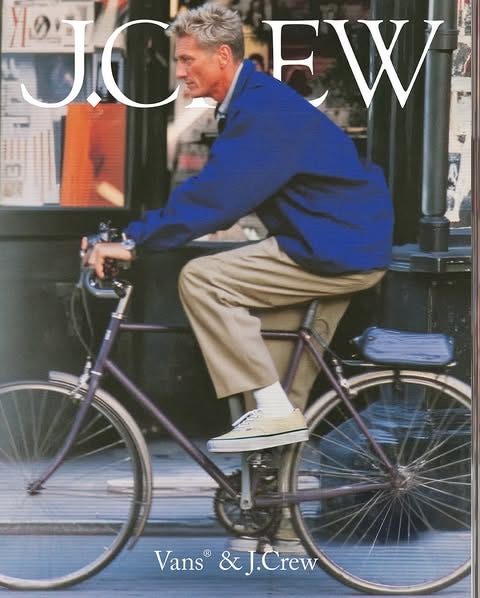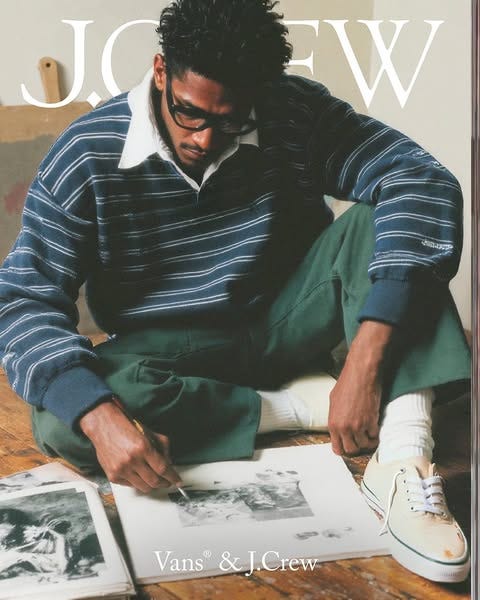"Should I hire a professional?"
My honest and only slightly biased opinion on hiring a professional creatives for content.
Let’s get this out of the way: I’m a professional photographer. So, yes, I recommend hiring a professional creative if you have the means to do so. AND you don’t always need professional photographs and videos made with a multi-thousand-dollar camera to have great creative assets.
In fact, I’ve found (with very anecdotal data) that photos and videos made with a smartphone can sometimes outperform hi-res visuals on social media. This, of course, depends on the brand and consumers, so as you read through this article, keep your own brand in mind and think about what your community has responded well to in the past.

Trust matters more than polished assets.
We’ve talked before about how discerning customers are these days. There is a whole subset of the internet dedicated to asking the question, “Is this real or is it AI?” after all (which, by the way, is way less fun than asking “Which one is cake?”)
Recently, J.Crew faced criticism for a collaboration with Vans, where the campaign visuals were generated using AI.
There was a lot of uproar about this, not only (but honestly, mostly) among photographers, but also among long-time fans of J.Crew.
Lifelong fans were calling the brand “creatively bankrupt,” criticizing them for “AI slop,” and saying they’d shop elsewhere. One commenter posed this very pointed question:
“How much did you save by not hiring a model, photographer, etc… versus how much are you losing from the backlash?”
Some have lost so much trust in J.Crew that they are leaving comments like this on their other posts:
“Love how I have to check the hands in all your posts now, it’s exhausting”
What’s wild is that the nostalgic and low-fi look they were after with these visuals could have easily (and relatively affordably) been created by an up-and-coming photographer with film, an old digicam, or even an iPhone. Also, the irony of using AI to create assets for a product branded as “Premium Authentic” speaks for itself, but I digress.
My point here is that customers can detect inauthenticity, and trust is more important than ever. And that brings us to an even bigger conversation: the tools you use are important, sure, but how you use them is even more important.
Tools vs. talent
Cameras are tools that are most effective in the hands of someone who knows how to use them. Give a $10,000 Hasselblad X2D 100C to a 3-year-old, and sure, they might be able to capture a couple of halfway decent photographs, but handing your 3-year-old’s toy camera to Annie Leibovitz is pretty much guaranteed to yield you something epic.
This is why we photographers get so prickly when someone makes a comment to the effect of, “Wow, your camera takes good photos". Yes, higher-end gear gives you more resolution and flexibility, but it’s the skill and experience of the photographer that sets a great photograph apart.
This leads us to the question of high-resolution (hi-res) vs. low-resolution (lo-fi) content.
The pros and cons of Hi-Res vs. Lo-Fi media.
Social media compresses files, so obviously, the higher res you can start with, the better, but that said, smartphone cameras are SO good these days, this isn’t too much of a consideration.
Here are the bullet points:
Hi-Res visuals
Pros: More flexibility in editing, looks fantastic in print, and makes your brand feel elevated.
Cons: These visuals can feel overly staged or inauthentic on social media, and as a consequence, they don’t always perform as well.
Lo-Fi visuals
Pros: They can be perceived as more authentic and mimic the aesthetic of user-generated content (UGC). Plus, smartphone visuals are generally quicker to produce.
Cons: There is less flexibility in editing, and if you don’t know basic composition and lighting, it can look sloppy.
The long and short of it is that sometimes highly polished images can actually feel less trustworthy. This is one of the reasons J.Crew was aiming for the high grain/nostalgic visuals of their past (but again, they could have achieved this without the use of AI). It’s also why UGC performs so well. It feels authentic, like a friend shared it.
But I think there is a case to be made for doing both.
After all, ¿Por qué no los dos?
Jesse Driftwood often jokes about how people at Instagram got mad at him back when he was uploading Instagram Stories daily because he was putting so much production value into them. Instagram employees said the entire point of Stories was that they were supposed to be more in-the-moment. But bending the “rules” worked for him because of the juxtaposition of it all.
There’s something to be said for juxtaposition: using hi-res brand assets occasionally with the more raw, behind-the-scenes content, AND using lo-fi, “user-generated” inspired content occasionally when you’re doing a promo. A good way to think about this use of juxtaposition is: if it’s something your customer might regularly experience (and potentially capture for themselves), like enjoying your wine at home or a visit to your tasting room, consider making it Lo-Fi. If it’s something your customer wouldn’t normally get to see, like harvesting in the vineyard or punchdowns in the winery, then make it hi-res.
That mix of hi-res photography, 35mm film, and smartphone content creates a balanced brand presence that feels both aesthetically pleasing (and “on brand”) while still being approachable.
If you can’t hire a pro (yet)
Obviously, if you aren’t yet in a position to hire a professional photographer or videographer, then my biggest piece of advice for you is to learn how to use the tools at your fingertips. Learn the basics of composition, lighting, and storytelling, and remember that the best camera is the one you have access to (and is probably already in your pocket).
When you are ready to hire a professional, you should, of course, have them do the usual pieces: website photos, wine club campaigns, and anything going to print. But also consider talking to them about including some iPhone or 35mm media alongside your higher-resolution digital visuals, and if you’re feeling particularly ambitious, you could hire them on retainer to do quarterly or even monthly content creation sessions.
A final benefit of working with someone like me is that it takes the burden of content creation off your shoulders. During harvest, I capture quick iPhone clips for Instagram Stories (and later turn them into Reels) so my clients can stay focused on the fruit coming in. At events, I’ve even done “day of” social media management, taking over a client’s Instagram account to post Stories in real-time so the team could focus on hosting.
If you’re interested in learning more about how I can take content creation off your plate, you can check out my services and starting rates here.
And if you’re not quite there yet but you’d love to learn how to get better iPhone photos and videos for your winery, I’m considering putting together a mini-course just for that. Is this something you’d be interested in? Hit reply and let me know.





